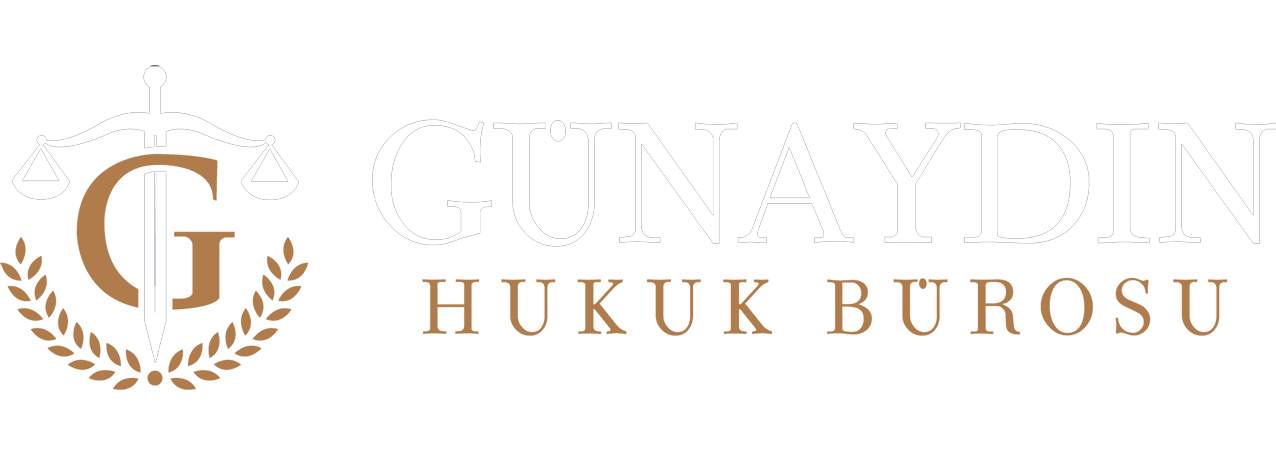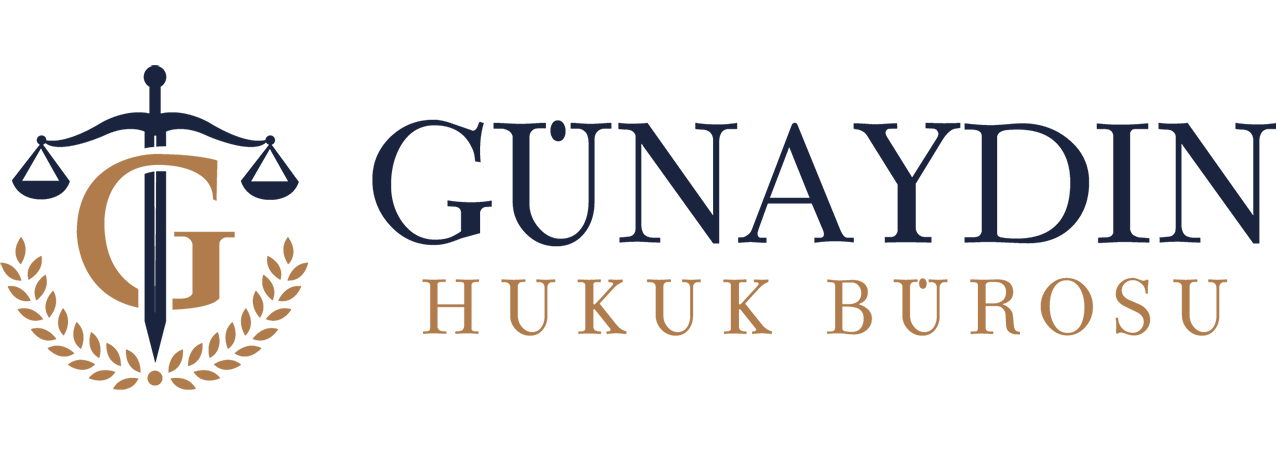Guide to Establishing a Corporate Compliance Programme: 7 Steps to Manage Risks and Create Value
An effective corporate compliance programme is not created by copying ready-made templates, but by building a living system in line with the company’s own DNA, risk profile and culture. This process requires a shift from a reactive “problem solving” approach to a proactive “risk prevention” philosophy. In the event of a violation, regulatory authorities such as the Competition Authority look not only at the incident, but also at what steps the company has taken to prevent such violations. The existence of an effective compliance programme is the most important element proving the company’s good faith and due diligence. For example, an association’s establishment of a “Compliance Working Group” to harmonise its bylaws and activities with the legislation is a concrete example of a proactive compliance effort (Competition Board, File No: 2018-5-043, Decision No: 20-50/694-305, 2020). In this article, we will discuss the 7 key steps to establishing a compliance programme from scratch or strengthening your existing programme, together with practical implementation details.
Step 1: Top Management Commitment and Structuring the Compliance Function (“Tone at the Top”) It all starts at the top. The board and CEO must demonstrate the importance of compliance not only in words but also in actions. This commitment is embodied by allocating sufficient budget and resources for the compliance programme, integrating compliance objectives into the company strategy and clearly adopting a “zero tolerance” policy towards compliance violations. At this stage, a structure to manage the programme should be established. Depending on the size of the company, this may be a full-time Chief Compliance Officer (CCO), a compliance department or a committee to take on this task. It is critical that the appointed compliance function is independent of the executive, reports directly to the board or CEO and has access to all departments within the company.
Step 2: Comprehensive Risk Assessment This is the foundation of the compliance programme. By analysing the sector in which the company operates (e.g. pharmaceuticals, finance, construction), geographical markets (do business with high corruption risk countries?), business partners (agents, distributors), customer profile and internal processes, specific compliance risks to which the company is exposed are identified. These risks can be categorised under headings such as bribery and corruption, competition law violations, personal data protection, money laundering, conflicts of interest, sanctions and export controls. A “risk map” should be created by scoring each risk in terms of its probability of occurrence and potential impact (financial, reputational, legal). This map ensures that resources are focussed on the most risky areas.
Step 3: Develop Written Policies and Procedures Clear, understandable and practical policies should be written for the most important risk areas identified as a result of the risk assessment. These policies should not simply repeat legal texts, but should provide concrete guidance for situations that employees may encounter in their daily work. Key policies may include:
- General Code of Ethics and Behaviour (Code of Conduct): Sets out the company’s core values and the standards of behaviour expected of all employees.
- Anti-Bribery and Anti-Corruption Policy: Defines bribery, prohibits facilitation payments and regulates relations with public officials.
- Gift and Hospitality Policy: Clarifies the value and circumstances under which gifts can and cannot be accepted, and the limits of business meals and travel expenses.
- Conflict of Interest Policy: Defines the situations in which employees’ personal interests and company interests may conflict (for example, a relative doing business with the company) and determines how these situations will be managed.
- Competition Law Compliance Policy: Regulates sensitive issues such as rules of communication with competitors, pricing behaviour and sharing of market information.
Step 4: Training and Awareness Programmes Writing policies is not enough; they need to be understood and adopted by employees. At this point, training plays a critical role. Trainings should be designed as a general awareness training for all employees and more detailed, scenario-based specialised trainings for employees in high-risk departments (sales, purchasing, finance). It is important to repeat the trainings regularly (e.g. once a year), to provide them to new employees during the orientation process and to measure their effectiveness (exams, surveys, etc.). As stated in a decision of the Competition Board, the commitments to “increase the frequency of competition law and law compliance trainings provided to all DYO employees” and to “repeat the trainings in certain periods in line with current examples and practices encountered in the field” emphasise the importance of training (Competition Board, File No: 2018-1-079, Decision No: 21-22/267-117, 2021).
Step 5: Monitoring, Audit and Control Mechanisms Continuous monitoring and periodic audit mechanisms should be established to ensure that the compliance programme does not remain on paper. Monitoring involves conducting compliance checks during day-to-day activities (e.g., a high-value gift going through the approval process). Auditing is a more in-depth review by the compliance department or internal audit to test the effectiveness of the programme in specific risk areas (e.g. third party payments, expense claims). The results of these audits should be reported to senior management and corrective action plans should be established for identified deficiencies.
Step 6: Secure Reporting Channels and Investigation Processes (Whistleblowing) Employees should not hesitate to report compliance violations they witness or suspect. To ensure this, reporting channels (e.g., a whistleblowing hotline managed by an independent company, a dedicated email address) should be established that provide full protection against retaliation, ensure confidentiality, and allow for anonymous reporting if necessary. All reports should be treated seriously, investigated by impartial and competent persons, and the investigation process should be conducted fairly.
Step 7: Consistent Enforcement and Continuous Improvement The credibility of the compliance programme depends on the rules being applied equally to everyone. When a compliance violation is detected, predetermined disciplinary procedures should be applied consistently, regardless of the position or performance of the violator. This avoids the “paper tiger” syndrome and demonstrates the seriousness of the programme. Finally, the compliance programme is a living organism, not a static document. The programme should be continuously reviewed and improved in light of risk assessments, audit results, whistleblowing and changing legal regulations.
Establishing an effective compliance programme is not a short-term project but a long-term transformation of corporate culture. The seven steps outlined above provide a solid roadmap for this transformation. A compliance programme built with the committed support of senior management, a risk-focused approach and a philosophy of continuous improvement not only protects the company from legal and financial disasters, but also creates sustainable value by making it a more transparent, more ethical and more respected corporate citizen.

